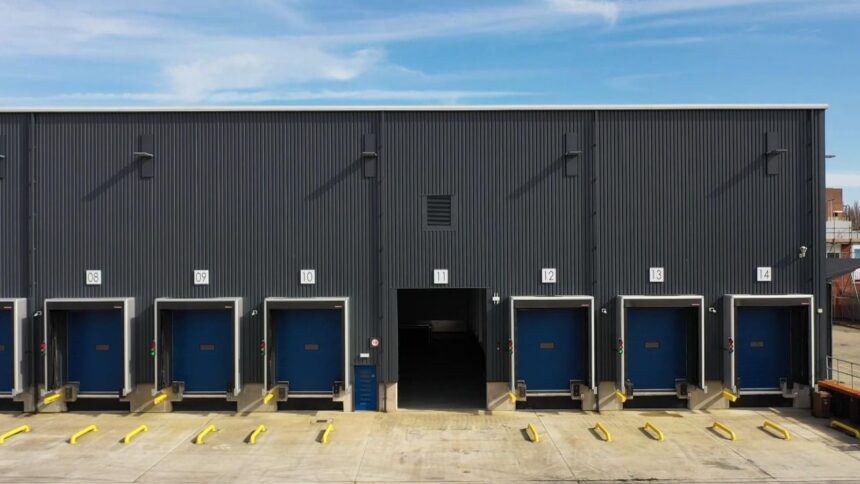Although physical inspections of imported food and plants from the EU are scheduled to start at the end of next month at the Portsmouth International Port complex, half of the building will remain unoccupied due to modifications made to border protocols since the structure’s construction.
Constructed with funding from Portsmouth City Council, the port’s owner, and the central government totaling £7 million, it is intended to inspect up to 80 truck loads of produce each day. Currently, the port only anticipates processing four or five per day.
Therefore, half of the fourteen loading bays will never be utilized.
Portsmouth is not the only port in the nation struggling to figure out how to recoup the cost of the excessively large and detailed structures that the government commissioned with much less traffic.
According to the Department for Environment, Food, and Rural Affairs, it partially funded new facilities at 41 ports with £200 million to handle border inspections after Brexit. It states that ports are allowed to employ extra capacity anyway they see fit and accepts that less checks will be necessary going forward.
The port in Portsmouth is thinking about constructing a new, smaller facility and decommissioning or even demolishing the existing building to make room for a commercially viable project because the facility, which was constructed for a very specific purpose inside a secure area, has no obvious commercial use.







